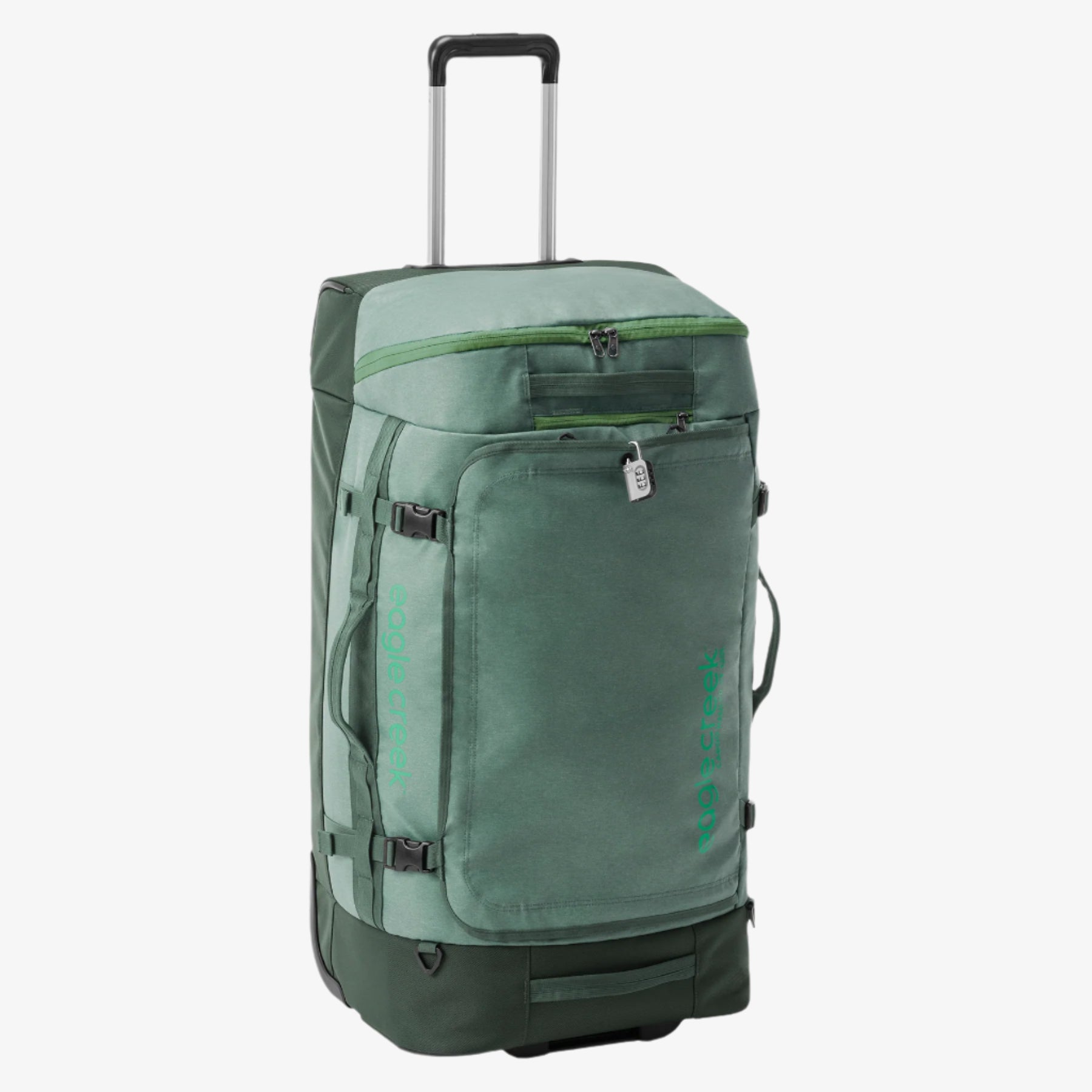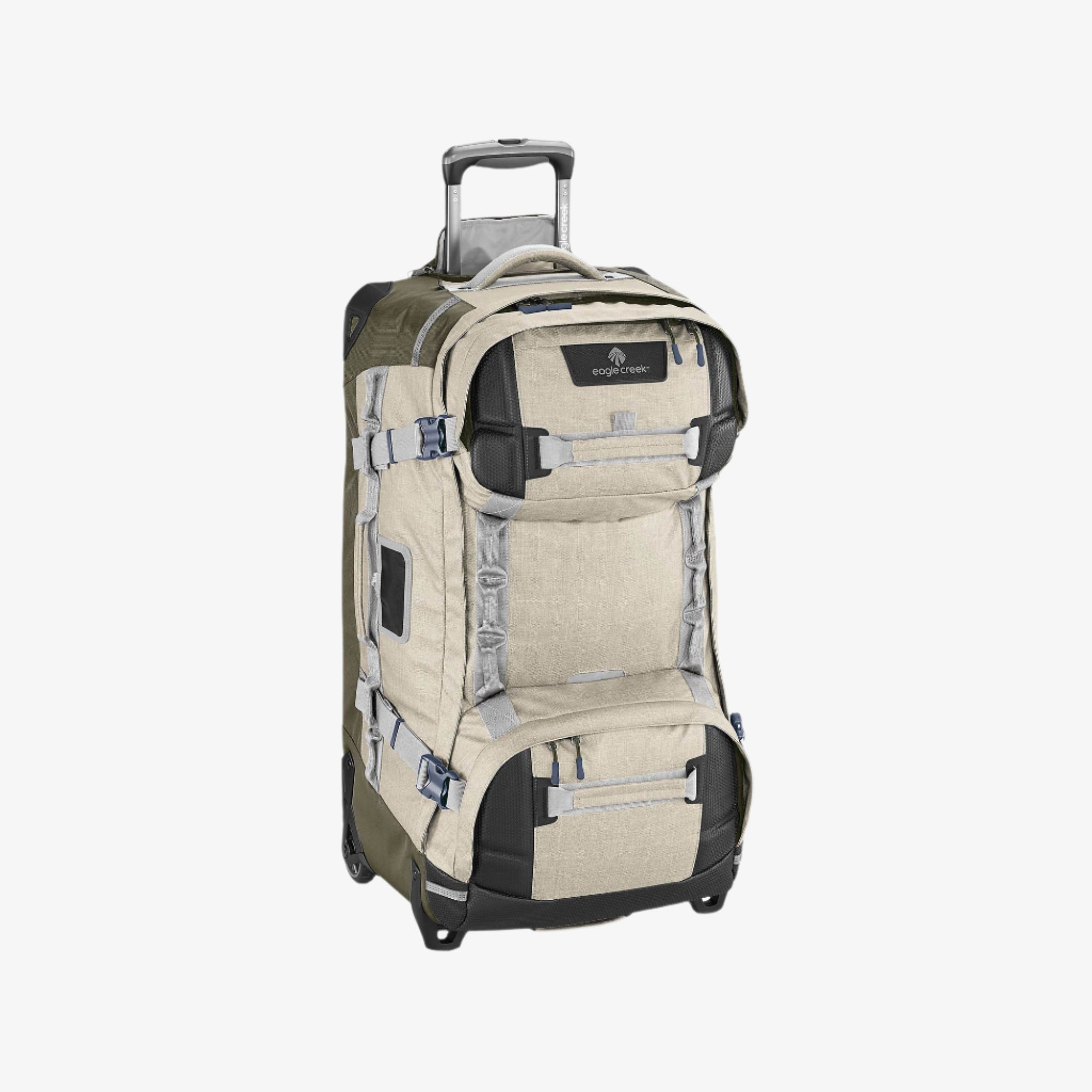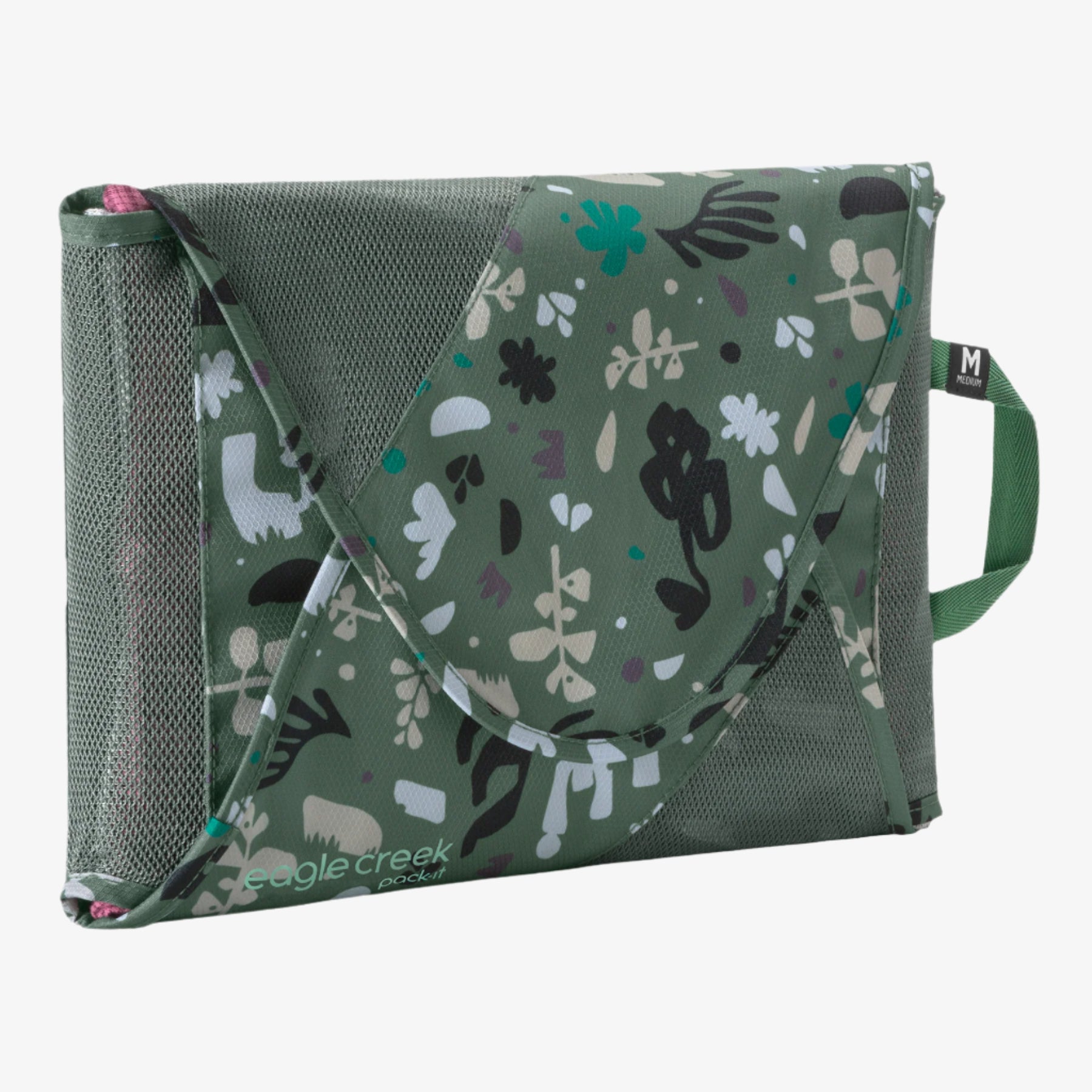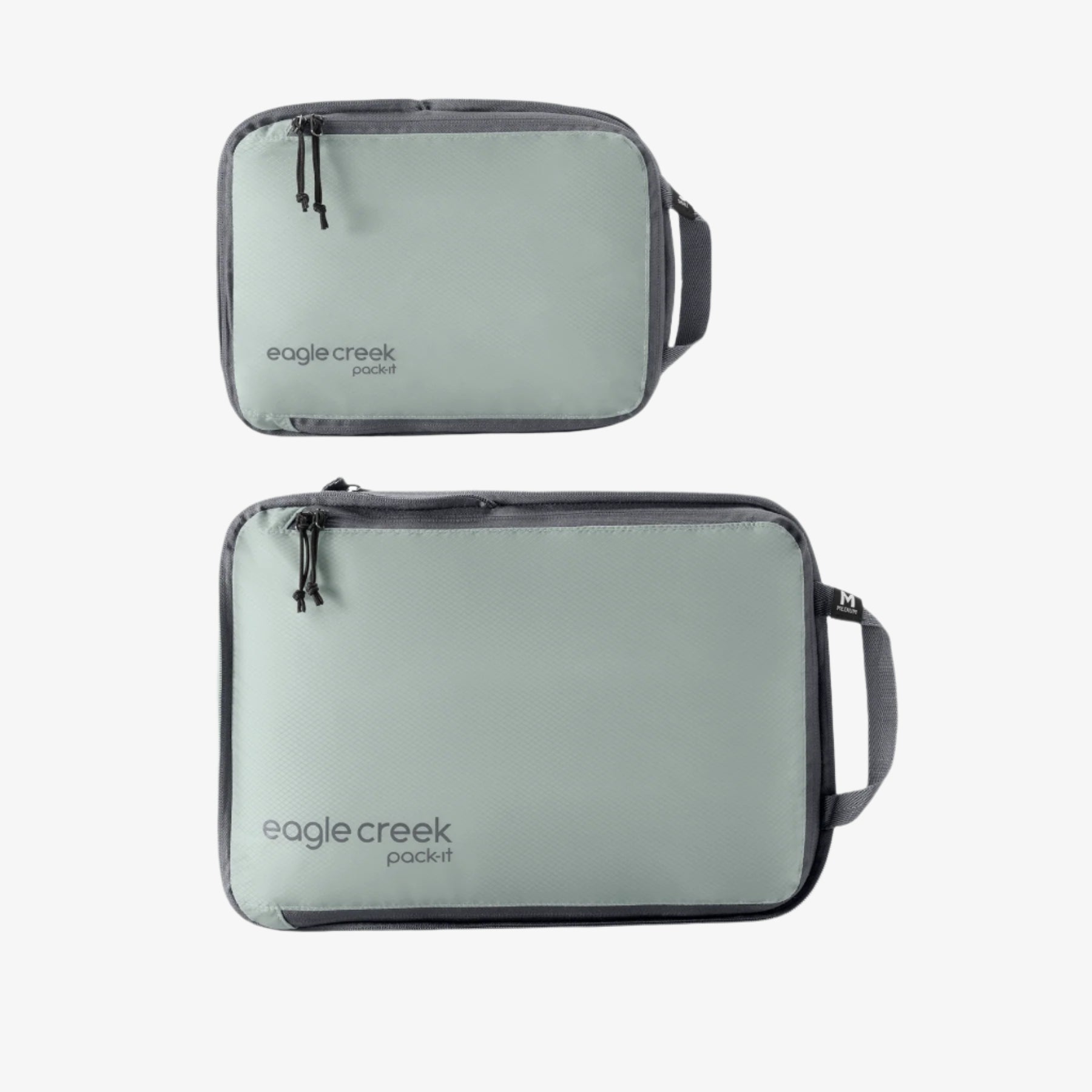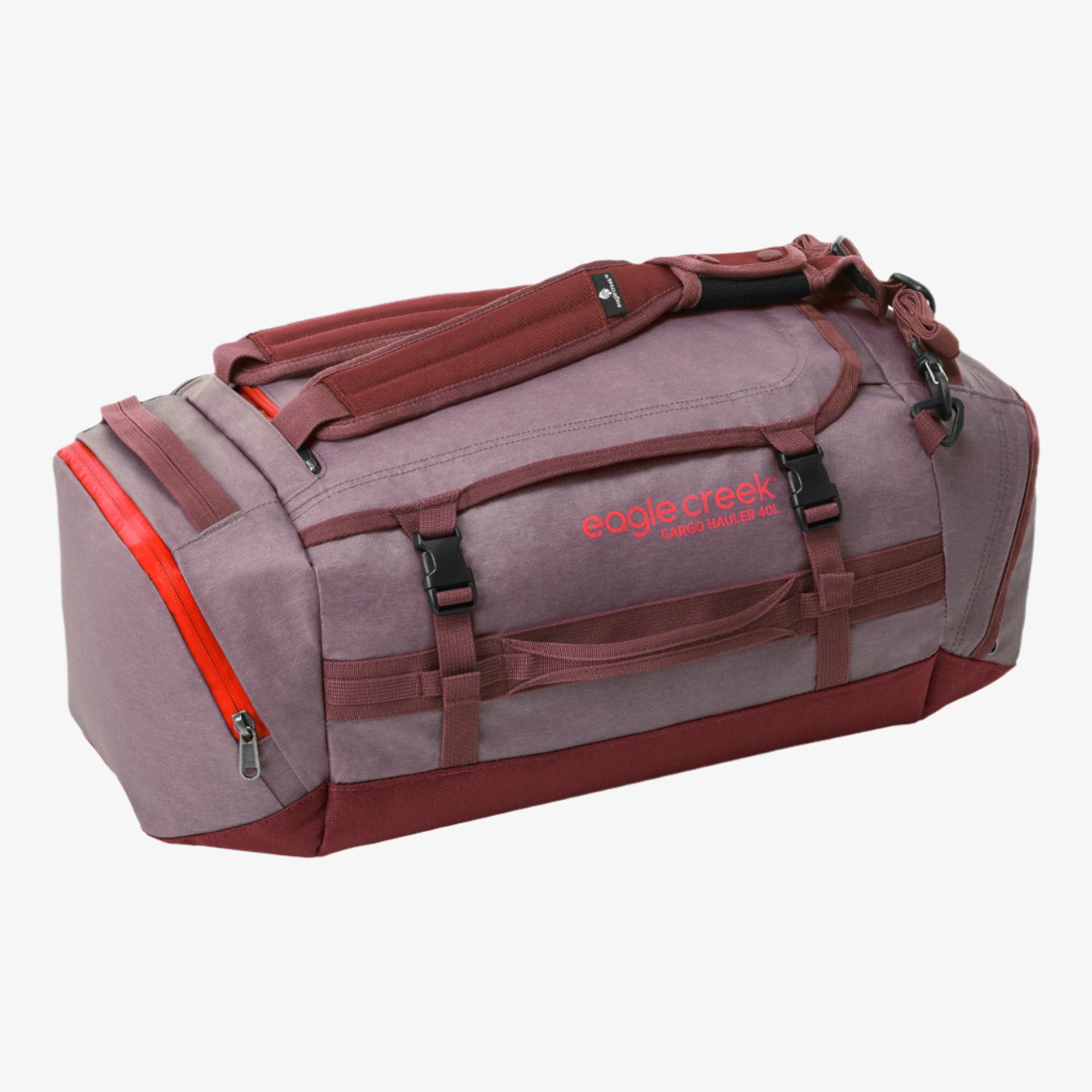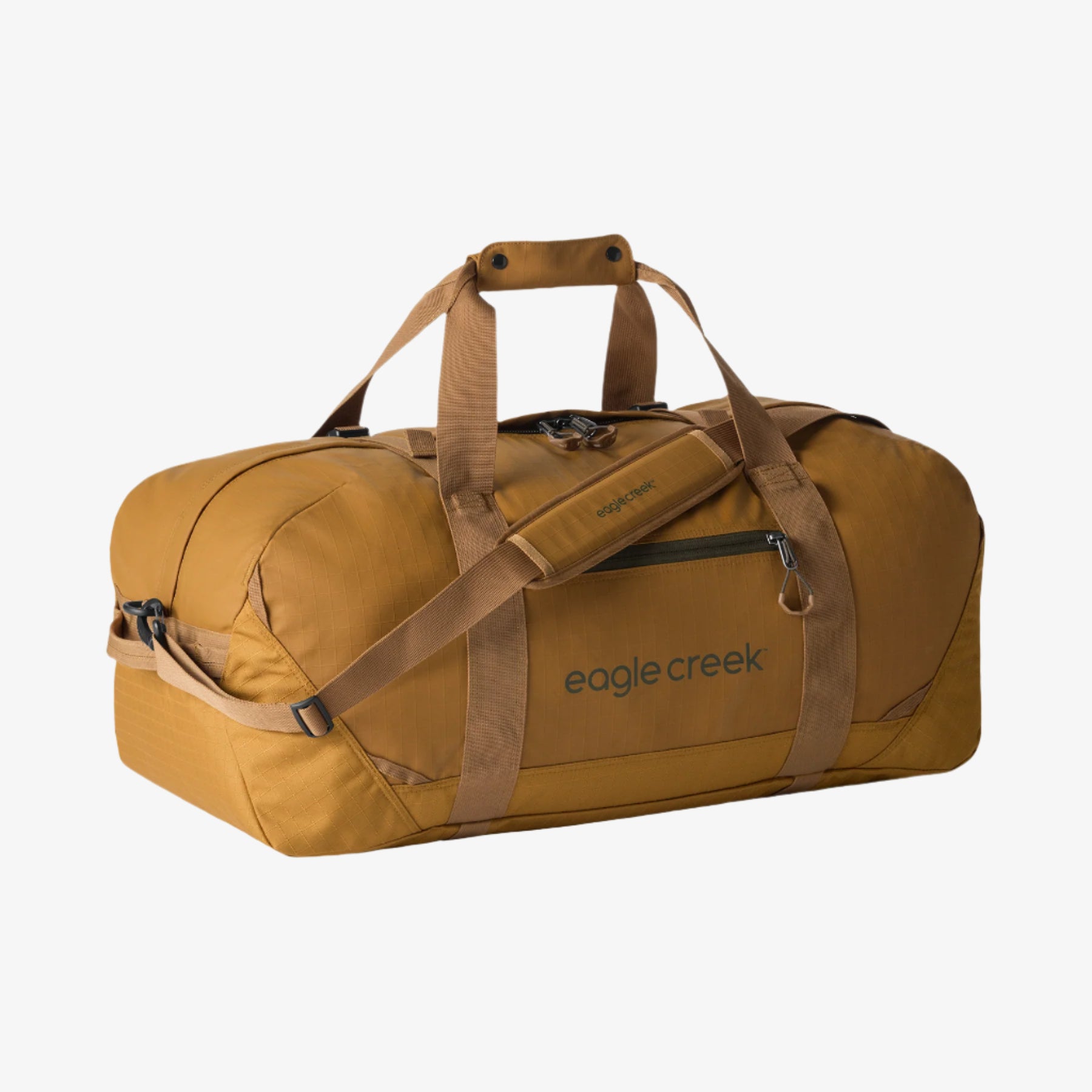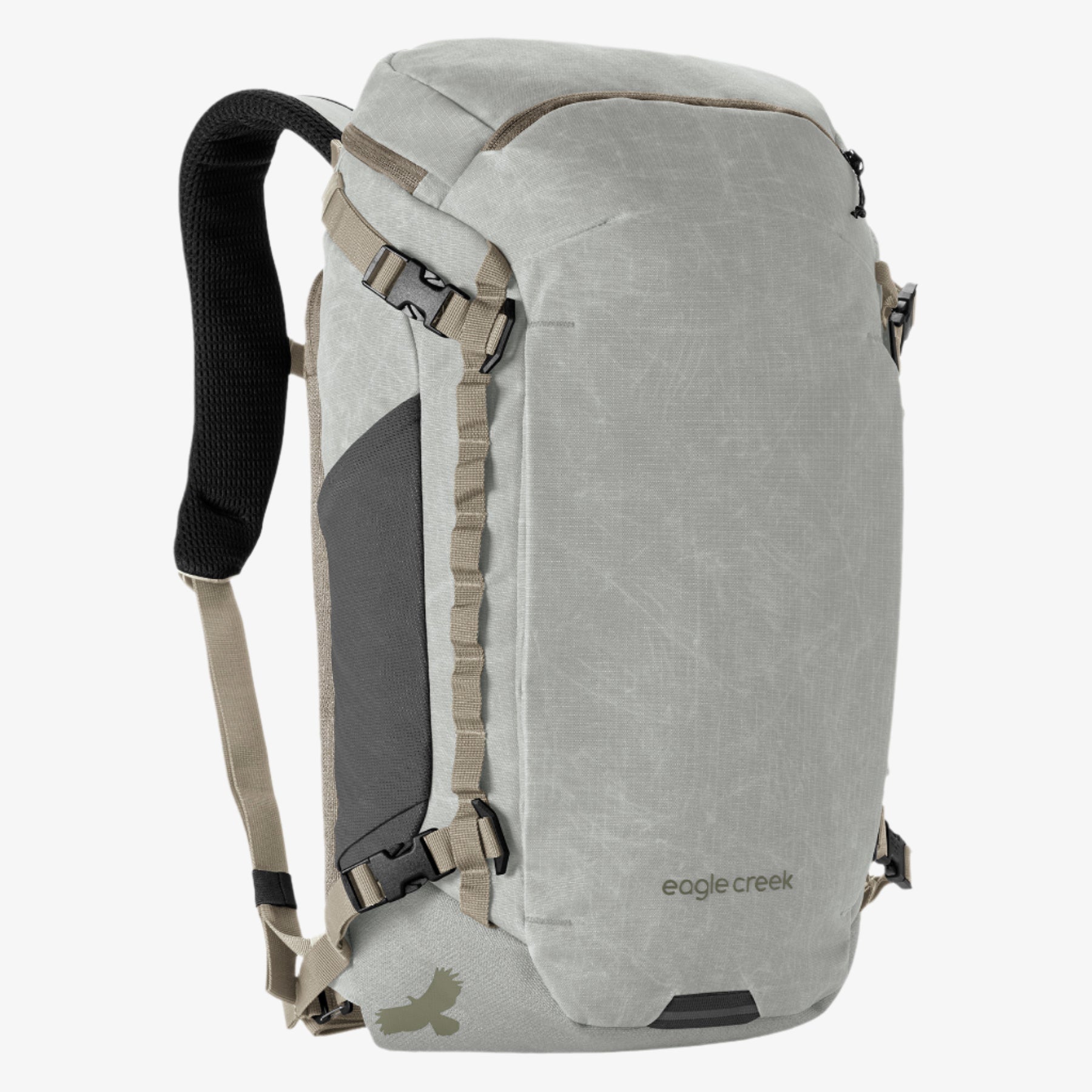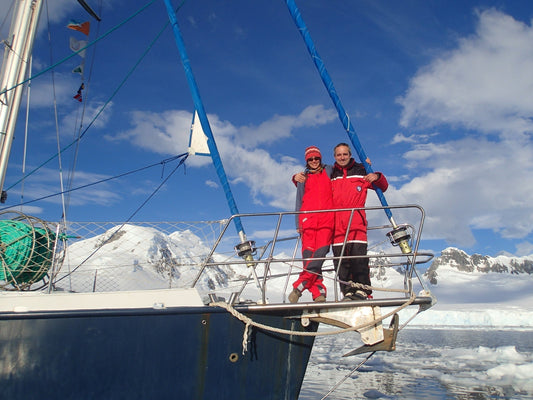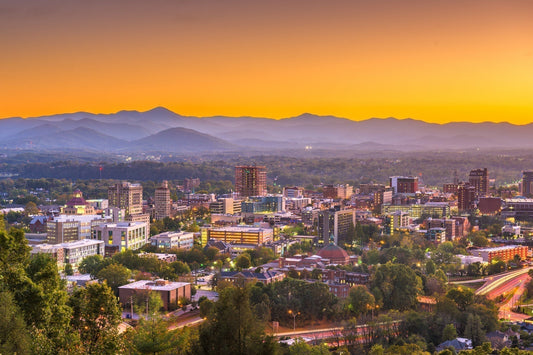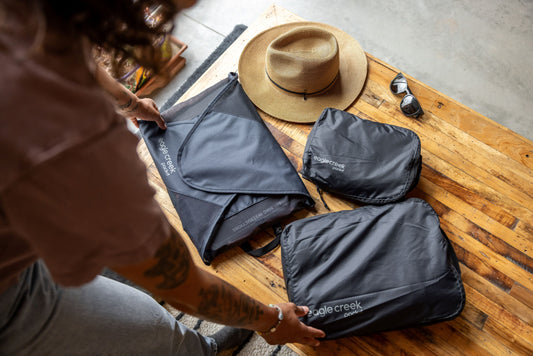Unknown Found: Another Side of History in Hanoi

I had some trepidation before I visited Vietnam, mostly in regard to how I would be treated as an American. However, my visit opened my eyes not only to this vibrant country, but also to how I viewed some of my personal history.
After walking across the border between Cambodia and Vietnam, and making our way from the Mekong Delta to Hanoi on a two-week train adventure on the Reunification Express, my two travel companions and I were about to disembark in Hanoi. It was the last stop on the train for us, and a destination I had been both looking forward to and anticipating with a bit of trepidation. After all, I was there on a personal mission.
When I’d first mentioned visiting Vietnam as part of a two-month South East Asia trip, my dad had reacted as he had when I had mentioned Korea: Why would you want to go to a place that we spent so much time trying to leave? To be fair, my dad was career Air Force. He was a fighter pilot and—though he didn’t fly in Vietnam—he had friends who did. He also spent a year remote in Korea, as so many members of the Air Force still do.
Though I appreciated where he was coming from, for me, traveling is about learning, meeting new people, and finding a new perspective. I had many questions about Vietnam, but one specifically was at the top of my mind: How would I be greeted as an American?
Earlier in our trip, I had visited the War Remnants Museum in Ho Chi Minh City (still called Saigon by many), There I saw a different side of the war. The museum is focused around the first-hand effects of the American War on the people of Vietnam.
Yes, the American War.
In the War Remnants Museum, there are posters and photographs from the anti-war movement all over the world. Though I had seen photos of protesters in the United States, I wasn’t as aware of the objections from other countries. And then there were the photographs and displays of the atrocities of the war, many from U.S. photographers. I had heard of events like the My Lai Massacre and the use of Agent Orange, but never had I been face to face with such visceral, stark images. I left the museum with a whole new perspective on an event that is often glossed over in history books, but yet still affects people who lived through it.
Which brings me to my mission in Hanoi. One of my mother’s best friends, Mags, was also a fighter pilot in the Air Force. Mags had four tours in Vietnam, his flying mostly focused on bombing the Paul Doumer bridge—now called Long Bien bridge—in Hanoi. He had asked me to find the bridge and take a picture with a sign that said, “Mags and A Flight were here.”
Before I left for my trip, when Mags had first asked me to do this, my initial reaction was “sure.” It was no big deal, right? It was just a bridge. Now, after spending two weeks in Vietnam, learning more about a war that took so much from everyone who was involved, I was having a hard time squaring the person I knew with what I knew he had had to do.
We had located the Long Bien Bridge and made our way there after just a few wrong turns. It’s a metal bridge, about a mile long, stretching over a busy road and what was, at the time, a drought-dry riverbed. There’s a train that runs across the span and cyclists utilizing the margins. A brightly colored mural decorates the stanchion as motorcycles, mopeds and cars whizz by.
I took a few photos and took a minute to just soak it in. Even with many years of bombing, the bridge still stands. At a nearby café, I saw an older, western man sitting, smoking a cigarette and looking at the bridge. The waiter came to refill his coffee and he waved him away without taking his eyes off the bridge.
Perhaps he, too, was coming to terms with the past.
We wandered through the streets of the Old Quarter of Hanoi, marveling at the temples tucked between row houses with ornate iron balconies, the trees taking over colonial style walls and buildings and the perpetual tide of traffic that flowed through the streets. It was vibrant and messy and alive, a moving illustration of a country that has survived for thousands of years, through wars and invasions and colonialism.
The people that I met in Vietnam were a bit reserved, but friendly. 99 percent of the people were thrilled that we were there and the other one percent wanted to sell me something or fix my not-actually-busted sandals (but that happens to me everywhere). And that’s how I ultimately squared the bridge in my head. Mags did his job—what he believed he needed to do for his country. Right or wrong, he did what he believed he had to do.
Vietnam has a history riddled with war and strife, a history that tends to be told in photographs—terrible photographs like the ones we saw in Saigon. I don’t think that this history should be forgotten, but instead that it should be remembered, loudly, as one that we don’t want to repeat. However, now when I think about Vietnam, I have other pictures and impressions that spring to mind: the exhilarating chaos of traffic in Hanoi, the jewel-like silk lanterns glowing in Hoi An, and the taste of the air in Sa Pa as we climbed up cow paths.
I’m so glad that I was able to visit Vietnam. I was able to create my own impression of the land and its people. Having completed the mission from Mags, looking at it through a different lens, made me really think about how I view the world, the preconceived notions that I have. We’re not always right. Horrible things happen, things that need to be admitted and remembered and there are always two sides to the story. But we can also move on—and try and ensure it doesn’t happen again.
The bridge still stands.
After he retired from the Air Force as a Colonel, Mags worked for a defense contractor and returned regularly to Asia, spending most of his time in Taipei for work. He never returned to Vietnam.
Related Links (from Eagle Creek blogs):
Unknown Found: I Discovered a Different Culture on a Desert Safari in Jordan
